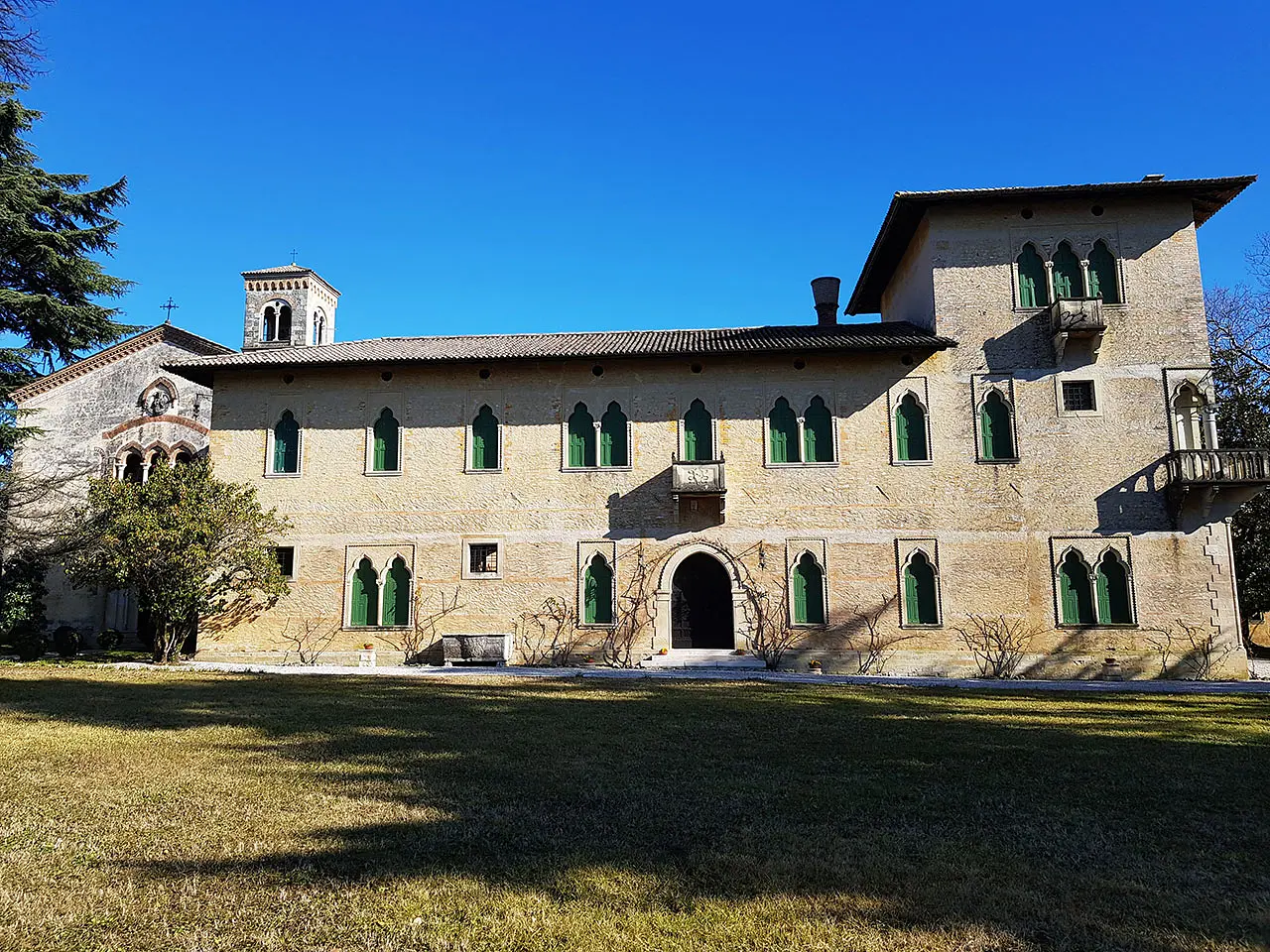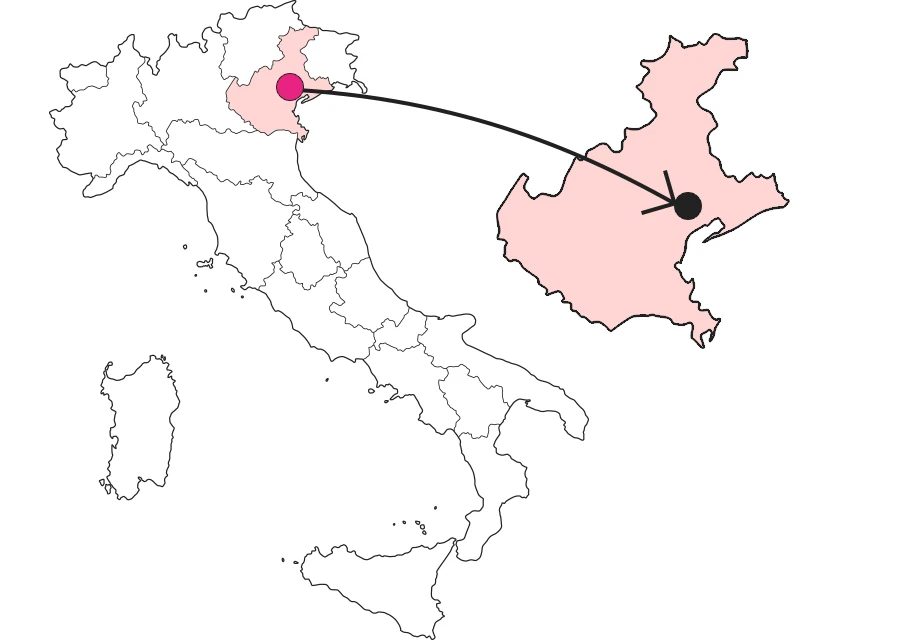SHARRYLAND


Where is

What it is and where it is
In the Upper Treviso area, between the Piave River and the hills, "there where the riverbed narrows between two rocky promontories," the marvelous Abbey of Santa Bona can be glimpsed from the Vidor Bridge. The complex, with its Romanesque-style church and Gothic-style cloister, stretches peacefully along the banks of the river, and is cloaked in that muffled silence typical of places of the spirit immersed in nature. Why Santa Bona? Because this is where the relics of the saint, which have always been the object of popular worship, are kept. According to tradition it was a knight, John Gravone who brought them from Egypt.
Why it is special
Looking at it today, one does not fully understand how important this abbey was. Widening our gaze to the surrounding area, however, it changes: the monks themselves were at the heart of a grandiose work of land reclamation and cultivation of the lands of the entire Quartier del Piave. This is the origin of the "Palù, " an agronomic system called Valbone that is still one of the best examples in all of northern Italy. The Palu of the Quartier del Piave fall under protection programs, and are part of Rete Natura 2000, a set of protected areas established by the European Community.
Don't miss
There are two ancient frescoes that tell us about the life of the abbey in its golden age. The first in the church, depicts St. Christopher, patron saint of ferrymen who were very active here because of the river ford that was located a short distance away. The second one stands out on a wall of the cloister: it is a large fresco that testifies to the presence of the pomposian abbots in the Abbey and the place's function as a station of arrival and departure for pilgrimages.
A bit of history
Built between the twelfth and thirteenth centuries, it was the first Abbey dependent on Pomposa in the diocese of Ceneda and the northernmost one in the whole territory, and in 1175 it deserved the title of Monastery. Like many other abbeys it had periods of flourishing and others of neglect, so much so that it was sold to private individuals. Before the defeat at Caporetto a field hospital that could hold 100 beds had been set up here, which was demobilized after the front was broken. The Abbey was almost completely destroyed during the Great War, but fortunately its owners worked to rebuild it as closely as possible to the original.
Trivia
Three of the four sets of columns in the corners of the Cloister are knotted: these so-called "ophitic" columns encapsulate the meaning of the intersection of human and divine, symbolizing the dual human and divine nature of Christ. But there is another mystery hovering over the Abbey: the two crosses above the capitals at the entrance to the Church suggest that the Abbey was a garrison of the Templars... who knows, after all, it was a knight who brought the relics of St. Bona all the way here...
Enter the Map of Italy's Undiscovered Wonders and find treasures where you least expect it... Inspire, Recommend, Share...
Contact
Collections
Discover places and related research
The Map thanks:
Enter the Map of Italy's Undiscovered Wonders and find treasures where you least expect it... Inspire, Recommend, Share...
Where is

Contact
Collections
Discover places and related research








